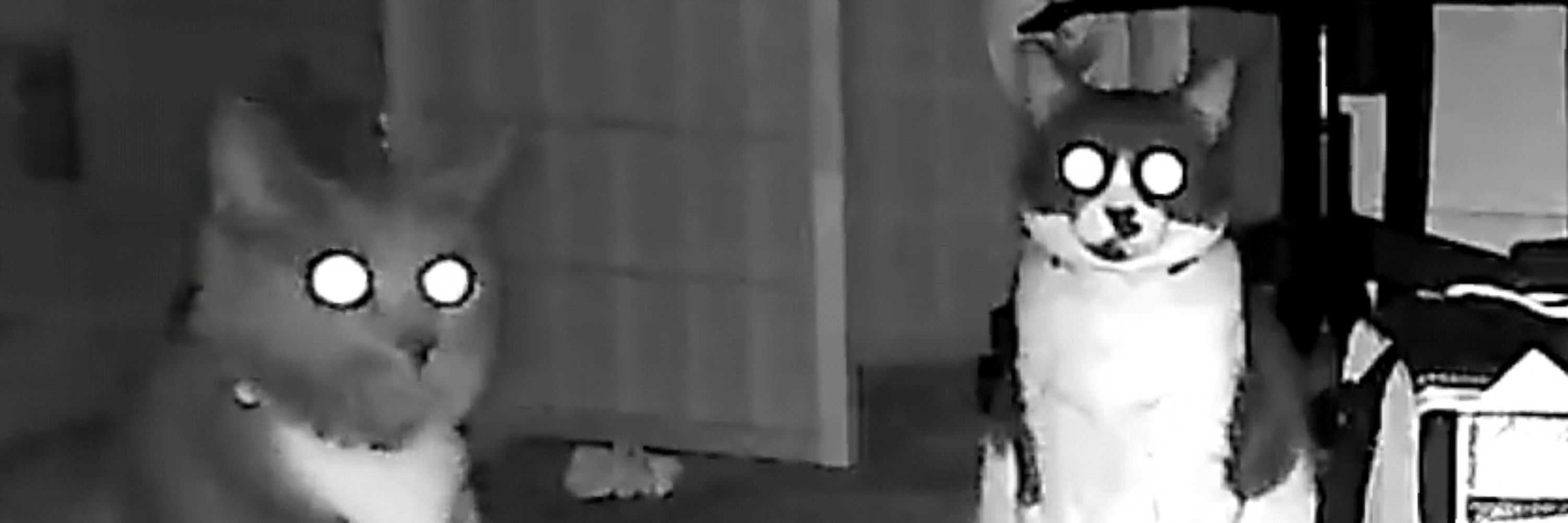
(2/2)
s2025.conference-schedule.org/presentation...
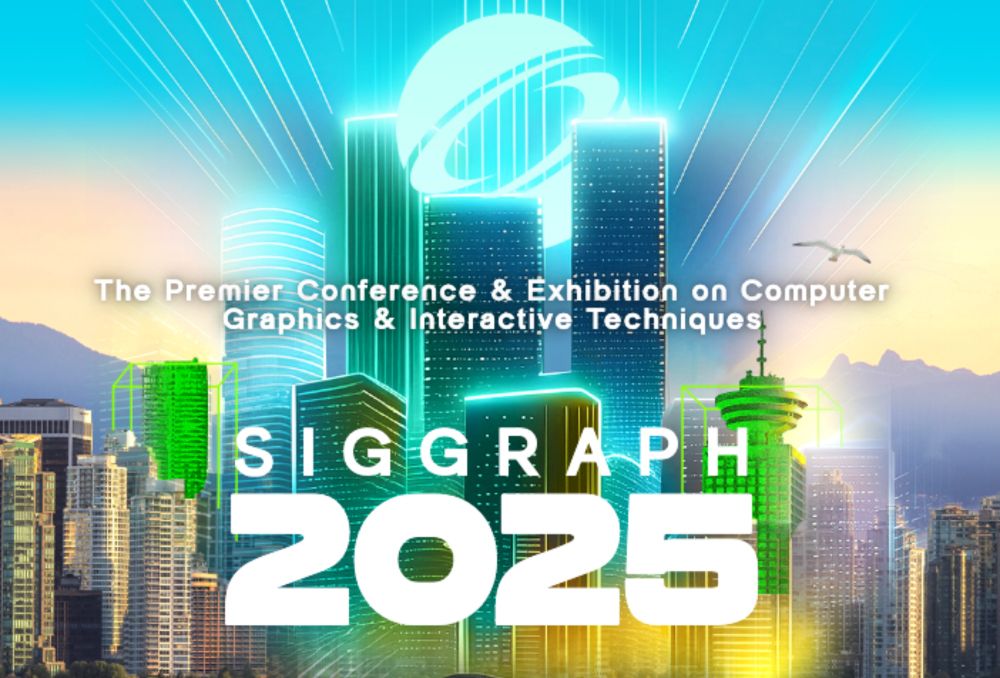
s2025.conference-schedule.org/presentation...
Can we make Perlin Noise stretch along some underlying vector field? Well it turns out it's possible with two simple additions to the original method! No need for advection or convolutions.
Find the paper and implementations here:
github.com/jakericedesi...
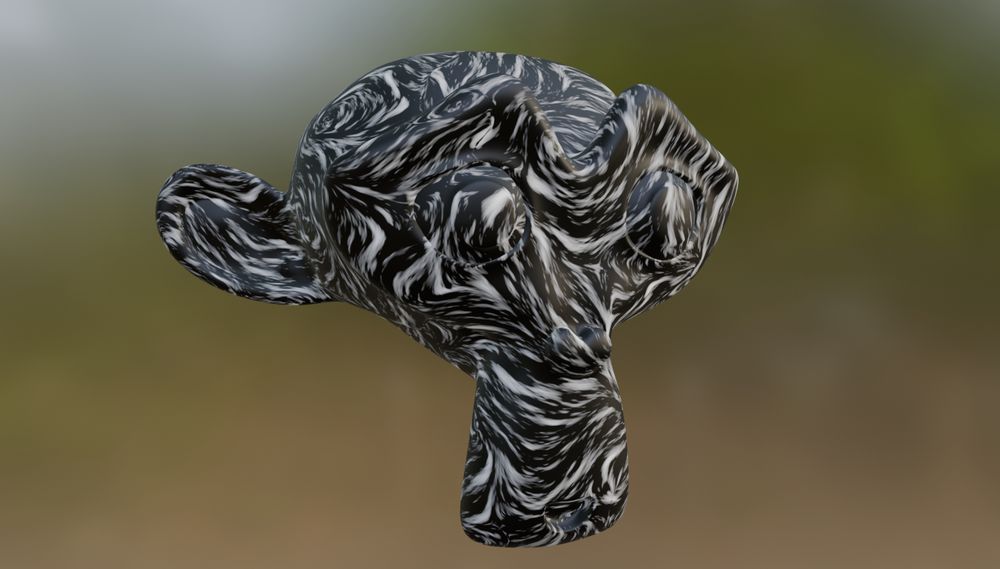
Can we make Perlin Noise stretch along some underlying vector field? Well it turns out it's possible with two simple additions to the original method! No need for advection or convolutions.
Find the paper and implementations here:
github.com/jakericedesi...
github.com/jakericedesi...
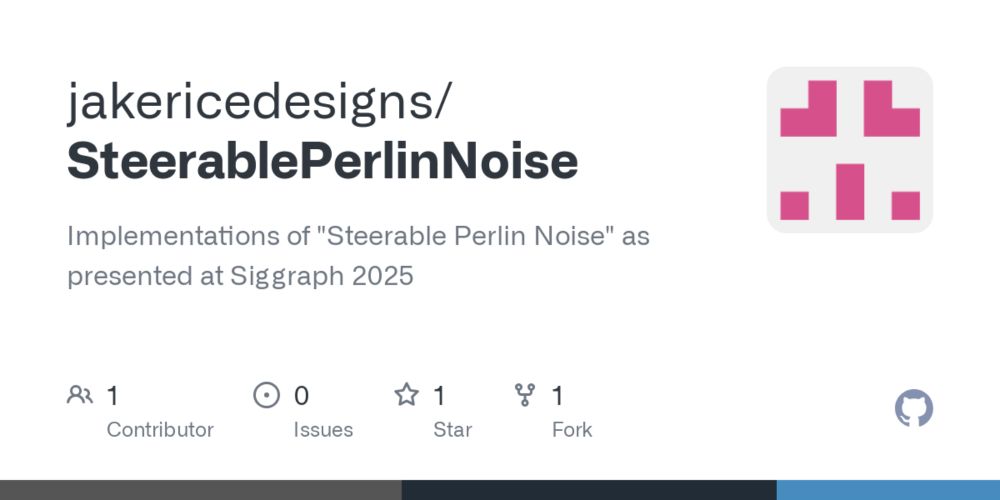
github.com/jakericedesi...
theorangeduck.com/page/filteri...
theorangeduck.com/page/filteri...
Paper here: perso.liris.cnrs.fr/nicolas.bonn...
Results in video: youtu.be/EcfKnSe6mhk
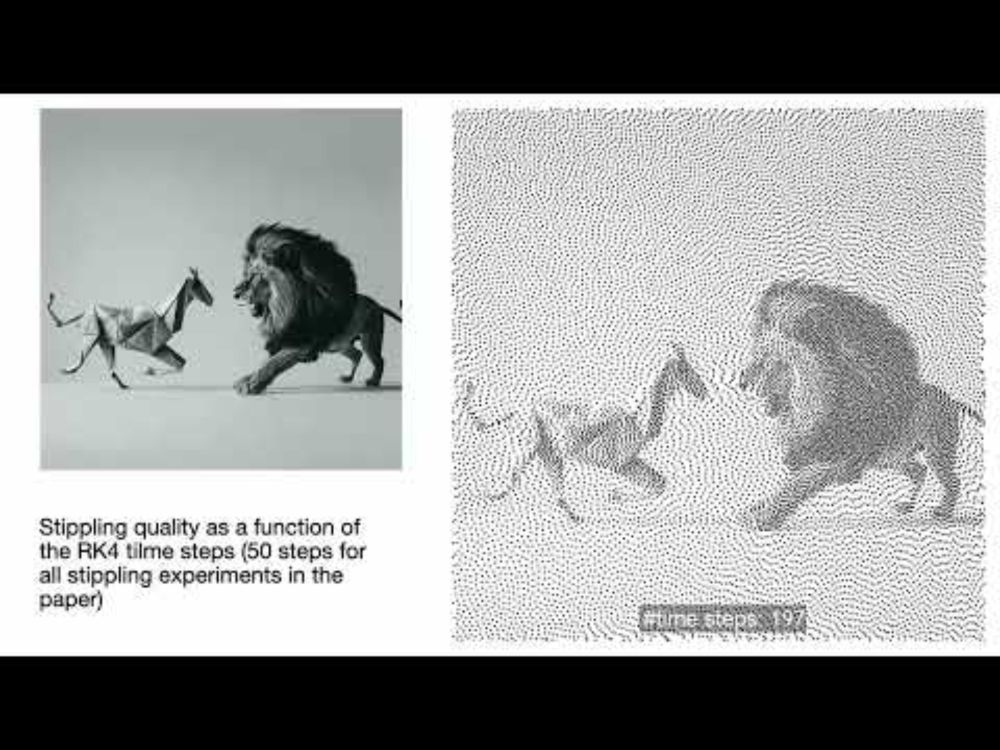
Paper here: perso.liris.cnrs.fr/nicolas.bonn...
Results in video: youtu.be/EcfKnSe6mhk
www.linkedin.com/pulse/creati...

www.linkedin.com/pulse/creati...
Can we get anything interesting from a single cell?
For this we'll be using a standard MAC grid, which means we'll represent horizontal velocities (red) on the vertical edges and vertical velocities (green) on the horizontal edges of each cell.

Can we get anything interesting from a single cell?
For this we'll be using a standard MAC grid, which means we'll represent horizontal velocities (red) on the vertical edges and vertical velocities (green) on the horizontal edges of each cell.
shadertoy.com/view/lfKfWV
Hopefully it doesn't crash webgl on your device! :)

shadertoy.com/view/lfKfWV
Hopefully it doesn't crash webgl on your device! :)
youtube.com/playlist?lis...

youtube.com/playlist?lis...
where f() could be any range of convex functions, like x^2 or x^4?
So like given a point (p0,p1,p2) minimize:
(x - p0)^2 + (y-p1)^2 + ((f(x) + f(y)) - p2)^2
With respect to x and y.
where f() could be any range of convex functions, like x^2 or x^4?
So like given a point (p0,p1,p2) minimize:
(x - p0)^2 + (y-p1)^2 + ((f(x) + f(y)) - p2)^2
With respect to x and y.

